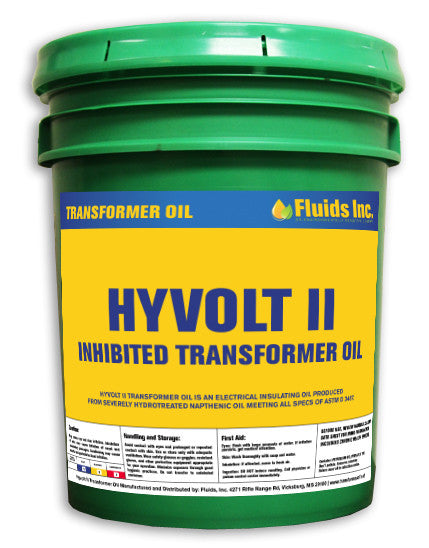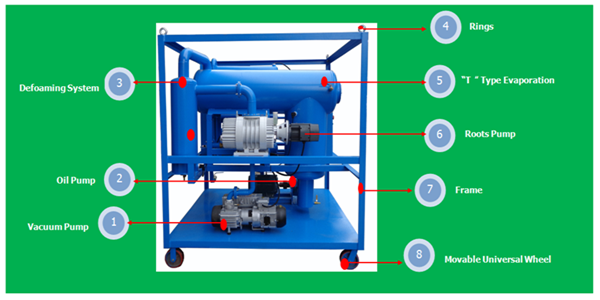Why Dielectric Transformer Oil Issues: Trick Attributes and Maintenance Tips
The value of dielectric transformer oil prolongs beyond simple functionality, playing a crucial duty in both the insulation and cooling of electric transformers. Its special properties, such as high dielectric strength and chemical stability, add to functional performance and security. The upkeep of these oils is just as critical to protect against issues that may compromise transformer performance. Recognizing the key characteristics and finest techniques for upkeep is vital for making sure longevity and reliability. As we check out these facets even more, the ramifications for transformer health and wellness and functional performance come to be significantly apparent.
Significance of Dielectric Transformer Oil
Dielectric transformer oil plays a crucial function in the effective procedure of electric transformers, as it is consistently utilized as both an insulator and a coolant. Its shielding properties protect against electric discharges and arcing, which are critical to keeping the stability of transformer parts. By effectively isolating conductive parts, dielectric oil enhances the safety and reliability of the transformer, thus prolonging its functional life expectancy.
In addition to its insulating abilities, dielectric transformer oil functions as a coolant, dissipating and soaking up heat generated during the electric transformation process. This thermal management is important to protect against getting too hot, which can bring about tools failing and pricey downtime. The oil flows within the transformer, successfully moving warmth away from essential areas, hence making certain optimal performance.
Key Qualities of Dielectric Oil
The performance of dielectric transformer oil is mainly identified by its vital qualities, that include high dielectric toughness, thermal conductivity, and chemical security. High dielectric stamina is important as it allows the oil to endure substantial voltage levels without breaking down, therefore avoiding electrical arcing and guaranteeing safe operation of the transformer. This characteristic is important for keeping the dependability of electric systems.
Thermal conductivity is another crucial feature of dielectric oil. It assists in reliable warm dissipation from transformer components, minimizing the risk of getting too hot and prolonging the life-span of the equipment (electrical insulating oil). Effective thermal management is critical in maintaining optimum operating temperatures, which directly affects performance
Chemical stability is equally important, as it makes sure that the oil does not break down or react adversely with products within the transformer gradually. This stability assists keep the oil's protecting residential or commercial properties and protects against the formation of damaging sludge or down payments that can hinder performance.
In addition, reduced thickness at operating temperatures permits better flow within the transformer, enhancing both cooling down and insulation. Together, these crucial attributes guarantee that dielectric transformer oil carries out successfully, supporting the overall efficiency and dependability of electrical systems.
Advantages of Using Dielectric Oil

Furthermore, dielectric oil acts as an efficient coolant, dissipating warm produced during transformer operation. This temperature level regulation is crucial for avoiding overheating, which can bring about devices failure or decreased life-span. The oil's thermal homes go now add to ideal functional problems, making it possible for transformers to work at their ideal.
Another substantial benefit is the Full Article oil's chemical stability and resistance to oxidation. These residential properties decrease the formation of sludge and various other degradation results, therefore minimizing maintenance needs and prolonging the intervals in between oil changes. Furthermore, dielectric oil gives excellent dampness absorption capacities, which secure the transformer from the destructive impacts of water ingress.
Maintenance Best Practices

In addition, preserving the transformer's temperature within specified limits is essential. Raised temperature levels can increase oil deterioration, adversely affecting its dielectric residential or commercial properties. Implementing a temperature level surveillance system can assist in preserving optimum conditions.
Additionally, guaranteeing correct air flow and cooling of the transformer unit minimizes the risk of overheating. It is also crucial to keep the transformer devoid of debris and contaminants that may compromise its performance.
Carrying out routine aesthetic inspections for leakages, rust, or signs of endure seals and gaskets is one more ideal method. Any problems must be addressed immediately to stop oil contamination and maintain system integrity.
Last but not least, establishing an upkeep routine that includes oil substitute or our website treatment can improve the life-span of dielectric oil, ensuring it continues to execute effectively. By taking on these upkeep finest practices, operators can enhance transformer efficiency and lessen unintended downtime.
Typical Problems and Solutions
Transformers making use of dielectric oil can experience numerous common problems that might impact their efficiency and reliability. One popular issue is the destruction of the oil because of thermal tension, which can result in decreased dielectric stamina and boosted risk of arcing. Regular tracking of the oil's temperature and applying cooling services can mitigate this issue.
Another worry is moisture ingress, which can compromise the shielding buildings of the oil. This can be attended to through normal screening for water material and using desiccants or vacuum dehydration processes to get rid of moisture.
In addition, the development of sludge due to oxidation can block normal procedure. This can be dealt with by regular oil purification and replacement when required, ensuring optimum fluid tidiness.

Verdict
In verdict, dielectric transformer oil plays an essential function in making certain the effective procedure and safety and security of electric transformers. The relevance of dielectric transformer oil can not be overemphasized in the world of electric framework integrity.
The importance of dielectric transformer oil extends beyond simple performance, playing an essential role in both the insulation and air conditioning of electric transformers.Dielectric transformer oil plays an essential function in the effective operation of electrical transformers, as it is continually used as both a coolant and an insulator. On the whole, the importance of dielectric transformer oil can not be overstated, as it is essential to the secure, effective, and long-term procedure of electrical transformers.
The performance of dielectric transformer oil is greatly identified by its crucial attributes, which include high dielectric strength, thermal conductivity, and chemical stability.In verdict, dielectric transformer oil plays an important function in ensuring the effective procedure and safety of electric transformers.
Comments on “Made Use Of Transformer Oil Recycling: Eco-Friendly Disposal and Reuse Options”